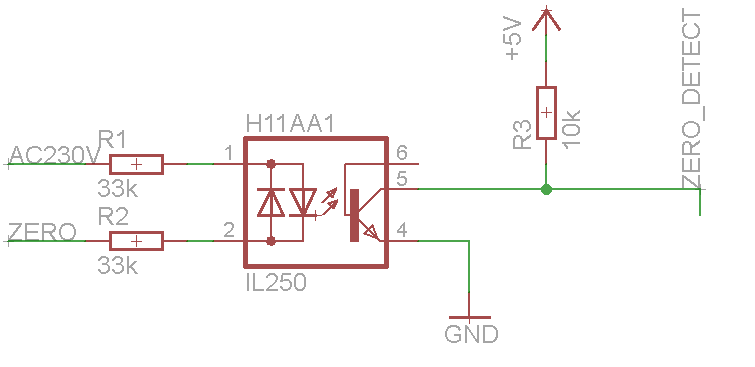You have nothing actively driving the base of Q1 low during the rather short time the full wave bridge output is near zero. Even stray capacitance on the rectified signal apparently keeps it high long enough so that the transistor doesn't turn off.
To fix this, add a resistor between the base and emitter of Q1. It's not clear what voltage is coming out of BR1, but 10 kΩ B-E will probably do it. That not only will actively turn off the transistor a little, but is also increases the threshold of the BR1 output signal where it is considered "zero".
Added
You have added a 10 kΩ resistor on the output of BR1. Now the zero detect signal is more of a square wave.
Looking at the BR1 output signal we can see why, which is that one of the two half-cycles is missing. This means at least one of the diodes that should conduct that half-cycle is open. Since the four diodes are integrated into a single unit, you have to replace the full wave bridge. If you don't have another one, then you can make one from four diodes. Make sure they are rated for the full peak to peak AC voltage, plus some margin.
Another possibility is that the AC source you show is not really floating as you show. If it is the power line, then it is ground-referenced. That's not going to work as you seem to intend if your circuit is also ground-referenced.
Pop up a couple of levels and define the real problem. Right now we're trying to bandaid what seems to be a basically flawed implementation. Explain what this AC source is, how close to the zero crossing you need a pulse edge, etc. Since this appears to just be going into a micro, I don't see the need for a pulse at the zero crossings. A edge would be easier to make, and just as easy to handle with slightly different firmware.






